#707 Food extinction alert
Lost Feast: Culinary Extinction and the Future of Food
by Lenore Newman
Toronto: ECW Press, 2019
$32.95/ 9781770414358
Reviewed by Mary Leah de Zwart, Linda Peterat, and Gale Smith of the BC Food History Network
*
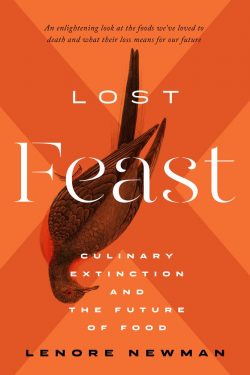 Lenore Newman is a culinary geographer, professor, and holder of a Canada Research Chair in Food Security and the Environment at the University of the Fraser Valley. In her second book about food issues, she asks us to envision a magnificent feast of food dishes around the world and then to imagine that hundreds of species of plants and animals that make up the feast start to disappear, one by one, along with the accompanying cultural knowledge. “Even as we enjoy a time in which food is cheaper, more diverse and more available than ever before, the spectre of extinction threatens to radically challenge how we eat” (p. 7). As Newman says, we are “loving our food to death.”
Lenore Newman is a culinary geographer, professor, and holder of a Canada Research Chair in Food Security and the Environment at the University of the Fraser Valley. In her second book about food issues, she asks us to envision a magnificent feast of food dishes around the world and then to imagine that hundreds of species of plants and animals that make up the feast start to disappear, one by one, along with the accompanying cultural knowledge. “Even as we enjoy a time in which food is cheaper, more diverse and more available than ever before, the spectre of extinction threatens to radically challenge how we eat” (p. 7). As Newman says, we are “loving our food to death.”
We live in a paradoxical situation where the rich diversity of foods available to us is threatened by the factors that gave us this incredible feast — globalization, industrialization, and ecosystem destruction. Newman draws on experiences and conversations with people who are passionate about food and cuisines to make the case that we are running out of time to sustain the food systems essential to human survival. She sounds the alarm for culinary extinction stemming from climate change and implicates actions of human beings as the cause. Humans have expanded across the globe, destroying ecosystems and animal and plant habitats. In geological time it has been a slow process, beginning about 50,000 years ago when toolmaking became more complex and humans began to kill megafauna such as mammoths. Newman observes that extinction of species, exemplified by the mass killings of the passenger pigeon and bison, has sped up rapidly between the Victorian era and the present. She observes that humans have created a new planet, “the unintentional effect of millions of intentional acts” (p. 121). Her intent in Lost Feast: Culinary Extinction and the Future of Food is to tell the stories of the foods that are already lost.
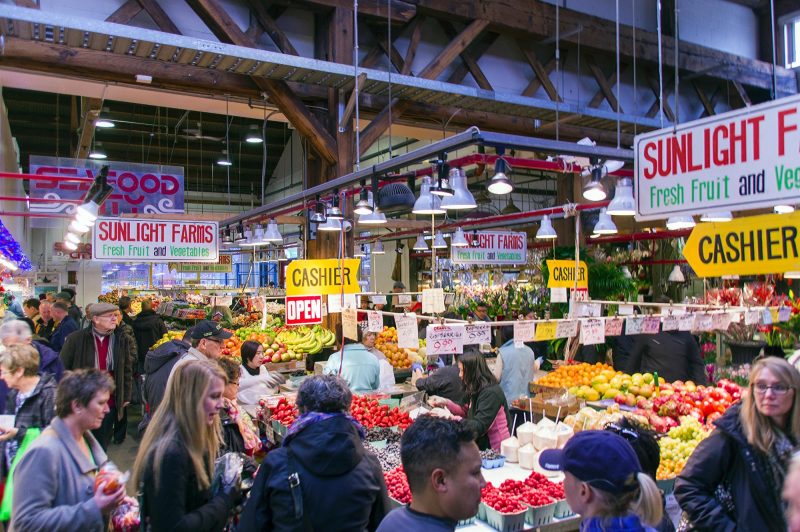
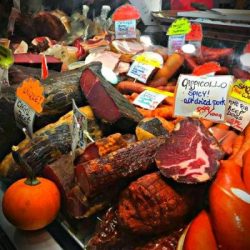
Part memoir, part history, part travelogue, Newman takes us on a global jaunt through time and space. She highlights factors leading to the extinction of species from the Pleistocene epoch (two million years to about 11,000 years ago) to the Holocene (now often referred to as the Anthropocene, about 11,000 years ago to now). She takes us from the local — Vancouver’s Granville Island Public Market — to Iceland, England, and Hawaii. Her conversational narrative provides a conglomeration of interesting facts about the dodo, cattle, chickens, pears, apples, and bees, along with numerous biology references, including to the passenger pigeon, the last of which died in an aviary in 1914. The book is divided into four sections, each with engaging titles: “The beginnings of endings,” “Beef or chicken,” “The burning library,” and “The twilight garden.” Newman weaves her urgent concern about extinction across these four sections and each of the thirteen chapters and reinforces her basic belief of losing a feast with every food or food source that is no longer available.
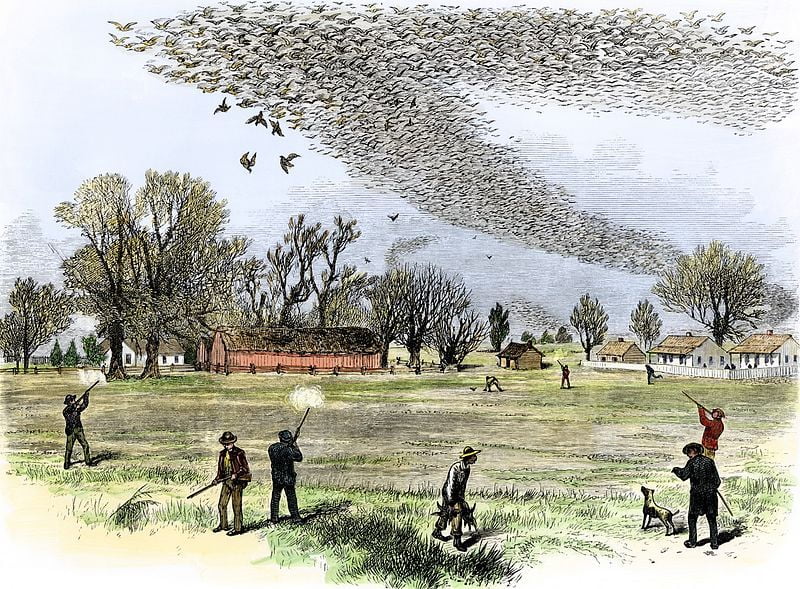
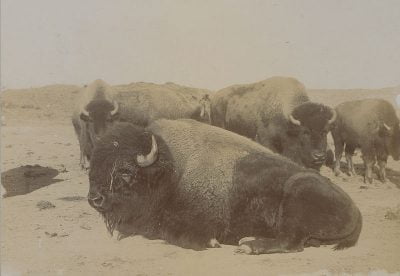
Newman introduces us to her friend Dan with whom she prepares and eats extinction meals throughout the book. Her discussions and food preparation with Dan and other friends provide some continuity to the text as she shares a range of personal experience and food encounters. She frequently mentions taking photographs, although none were included in Lost Feast. Suggested further readings with comments and recommendations are listed for each chapter at the end of the book.
Lost Feast is aimed at a general food-curious audience. It synthesizes many historical sources and popular literatures to illustrate Newman’s theme. It is light on critiques of sources used and stops short of new claims or insights. It is more travel memoir than scholarly text. While Newman establishes the paradox of the lost feast at the outset, she does not explore the topic sufficiently. Her focus remains on extinction rather than the future of food, with brief mention given to initiatives to increase diversity of food sources such as seed saving, heritage food growing, and vegetable-based high-tech meat alternatives.

We believe that Newman has just begun to scratch the surface of the expansive topic she has taken on. By examining fewer examples in more depth, she might have laid the groundwork for further explorations of apparent contradictions. For example, the historical record suggests that humans made abrupt changes from hunter-gatherer societies to farming and the domestication of flora and fauna. Recent writing suggests that the categories were not so distinct and that the transitions blurred over centuries. Anthropologists now postulate that hunter-gatherers were attuned to farming practices and understood the need to nurture the next crop, and to modify the landscape to support animal grazing.
Lost Feast is an entertaining read and a reminder of foods (and feasts) lost. Newman has generated public interest in learning more about the relationships between culinary extinction and today’s global food systems. Her recent Lost Feast book tour presentations have inspired groups such as the Culinary Historians of Canada and the Culinaria Research Centre at the University of Toronto to prepare “extinction feasts.” Certainly we need to pay close attention and think carefully about the foods we eat.
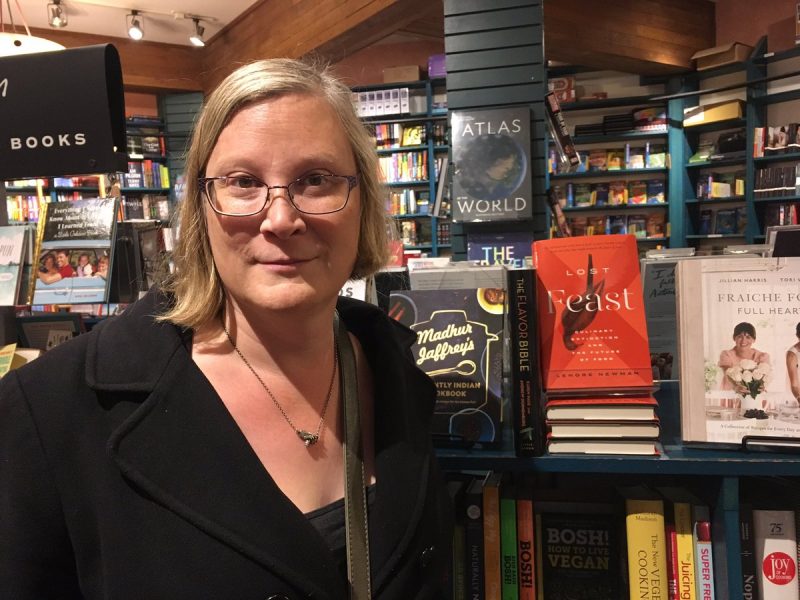
*
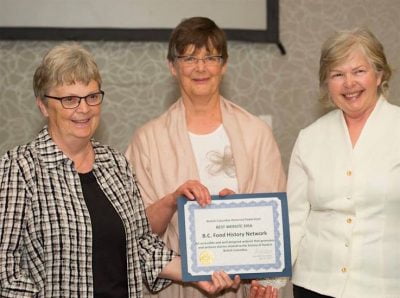
The British Columbia Food History Network (BCFHN) was founded in 2011 by three home economists from UBC – Mary Leah de Zwart, Linda Peterat, and Gale Smith — with a shared interest in history and home economics. BCFHN was initially funded by grants from the History Education Network [THEN/Hier], the Canadian Home Economics Foundation, and Teachers of Home Economics Specialist Association. Run by volunteers, BCFHN has focused on researching and increasing awareness of food history topics in BC and Canada, and has made over 100 blog posts on its website since 2016. Its most-viewed blog posts include “Japanese Mandarin Oranges,” by Gale Smith, “Buffaloberry: A Super Fruit,” by Mary Leah de Zwart, and “Canadian War Cake,” by Linda Peterat. Book reviews have been part of BCFHN in addition to providing teacher resources and academic papers. They can be reached at bcfoodhistory@gmail.com
*
The Ormsby Review. More Books. More Reviews. More Often.
Publisher and Editor: Richard Mackie
The Ormsby Review is a journal service for serious coverage of B.C. books and authors, hosted by Simon Fraser University. The Advisory Board consists of Jean Barman, Robin Fisher, Cole Harris, Wade Davis, Hugh Johnston, Patricia Roy, David Stouck, and Graeme Wynn. Scholarly Patron: SFU Graduate Liberal Studies. Honorary Patron: Yosef Wosk. Provincial Government Patron since September 2018: Creative BC
“Only connect.” – E.M. Forster
Comments are closed.